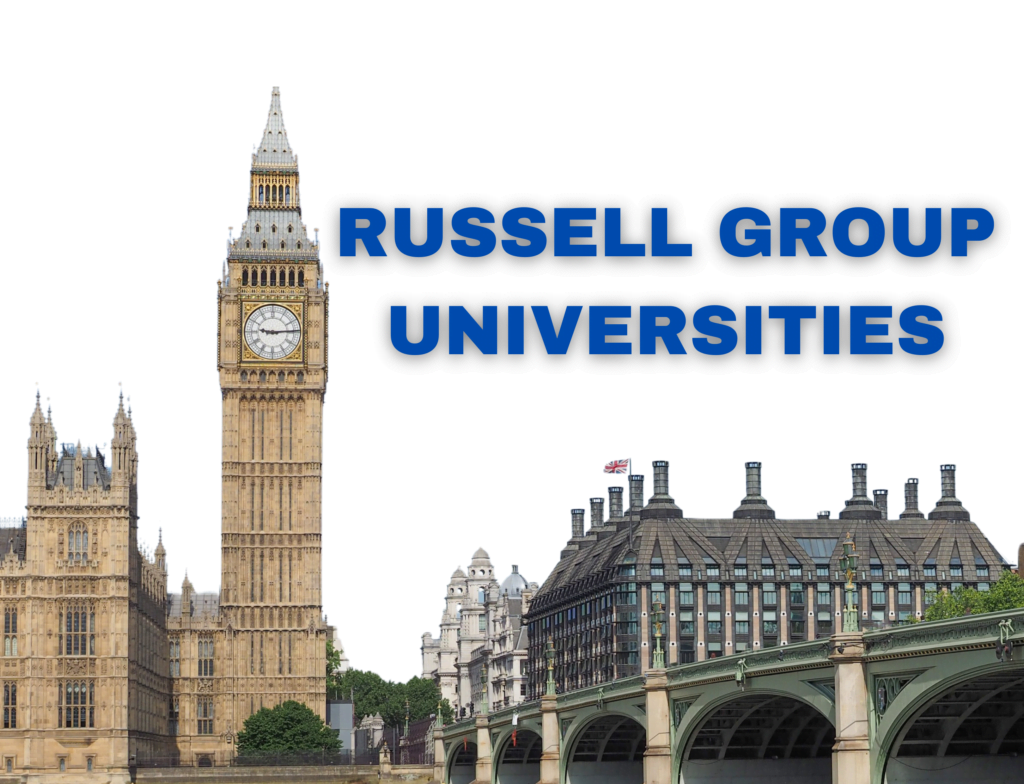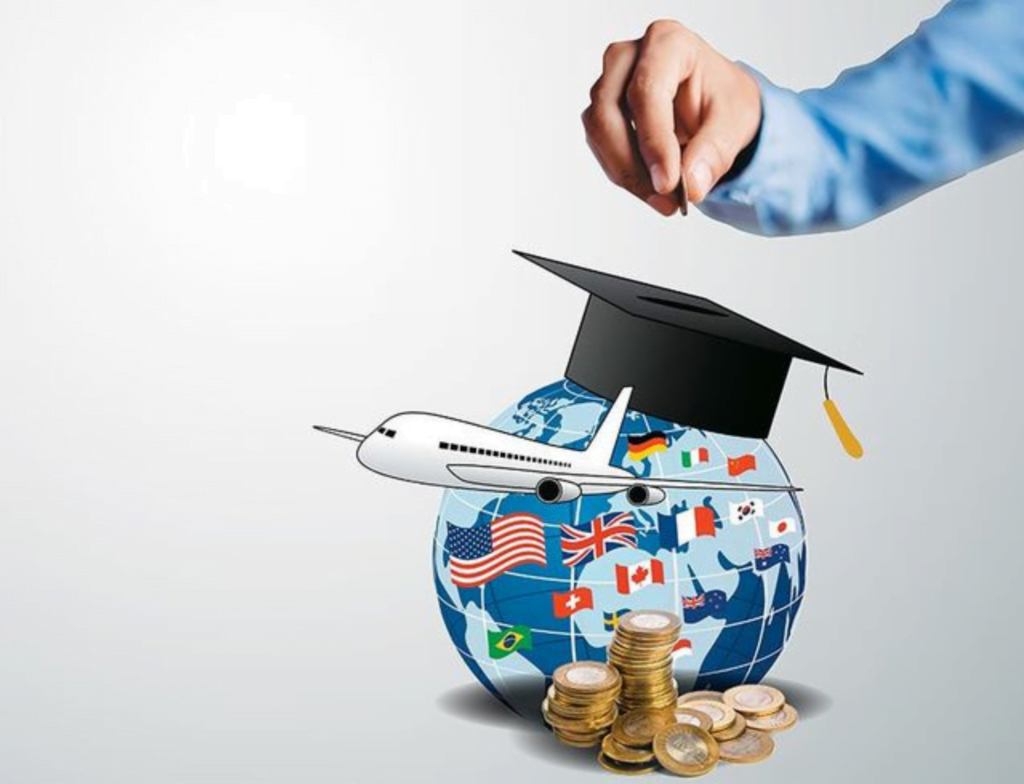Australia Housing Crisis
In a surprise new and significant policy shift, Australia is capping enrolments in its international education sector at 270,000 students by 2025. This has been done as part of a strategic response in light of the growing housing crisis and wider implications of record levels of migration. Australia has come under increasing public pressure amid concerns over the impact of net immigration—which jumped 60% in the year ended September 30, 2023—on available housing and its affordability, particularly within the rental markets.
Background: Managing the Growth in Migration
Net immigration shot up in recent years thanks to international students hailing mainly from India, China, and the Philippines. The reason is the ease of not only wage pressures but also putting an incredible amount of pressure on the housing market. Rental prices have shot up, and the authorities now feel that they need to balance their economic interests with the living standards of the residents.
International Education Sector Reforms
Education Minister Jason Clare says international students currently come in at about 10 percent compared to those who came before the pandemic, while private vocational and training providers increased their enrolment by 50 percent. The cap forms part of a wider reform package that will make the international education sector more sustainable and equitable. These changes follow reforms introduced last year that removed COVID-era concessions for foreign students and workers to bridge workforce gaps during the pandemic.
Economic Implications
International education is one of Australia’s most lucrative export industries, providing AUD 36.4 billion ($24.7 billion) to the economy in the 2022-2023 financial year. Setting aside these economic advantages, the government is also struggling with challenges relating to social and infrastructural pressures occasioned by the drastic rise of student numbers. Against this backdrop, it would relieve part of the pressure off the housing markets while at the same time creating a way in which the international education sector can be sustainable enough to be considered an option in the future.
Political context and public opinion
With an election soon to come, it goes without saying that immigration will surely be on the front burner. Even the effort by the government to cap student enrolments is a delicate balancing act between the need for economic growth and the domestic clamour for a solution to these worries. Most recently, there had been an upbeat feeling among the public for tighter immigration controls amidst a housing crisis. The cap, combined with other measures increasing visa fees and closing the loopholes allowing indefinite stay extensions, underlines the resolve of the government to control migration more effectively.
Conclusion
Setting international student intake at 270,000 by 2025 would be a spectacular backflip for Australia in the face of its need to keep migration levels under control and their effects on the housing market. The country is sailing into election year amidst record-high immigration difficulties pitted between economic growth and social stability, while discussions of immigration and education policies continue





